There is a gap where the world used to be, a quantum absence that appears wherever we look. It’s marked by war, genocide, fire, famine, disease. It hovers around our peripheral, bursting into focus when disaster becomes spectacular, and we cannot look away. Mariam Ghani invites us to sit with her unraveling as she faces personal and existential loss head-on and holds it to the light in her new short film There’s a Hole in the World Where You Used to Be, now on view along with sculptures at Ryan Lee gallery in Chelsea in New York.
Ghani paints a layered picture of grief as a many-sided thing: individual, collective, and political. Ineffable, but bubbling at the surface of our collective consciousness—a sharp pain for some, a dull ringing for others. She delves into own archive of places and how they have changed over time—New York, Lebanon, Italy in the ‘90s and ‘00s—and brings in images of black holes and the landscape of war-torn Gaza. “It's about this really specific grief” akin to being set adrift, says the artist, “a deracination, a feeling of having lost my roots.” Gone is the home in her mother’s Lebanon, as is the potential to return to Afghanistan, where her father Mohammad Ashraf Ghani served as the president from 2014 to 2021. (He was forced to flee after the Taliban took over Kabul). “I have been thinking about the many ways that Afghanistan has been left behind," she says. Ghani probes: What kinds of grief do we make space for? Whose lives are valued—and whose lives are not?
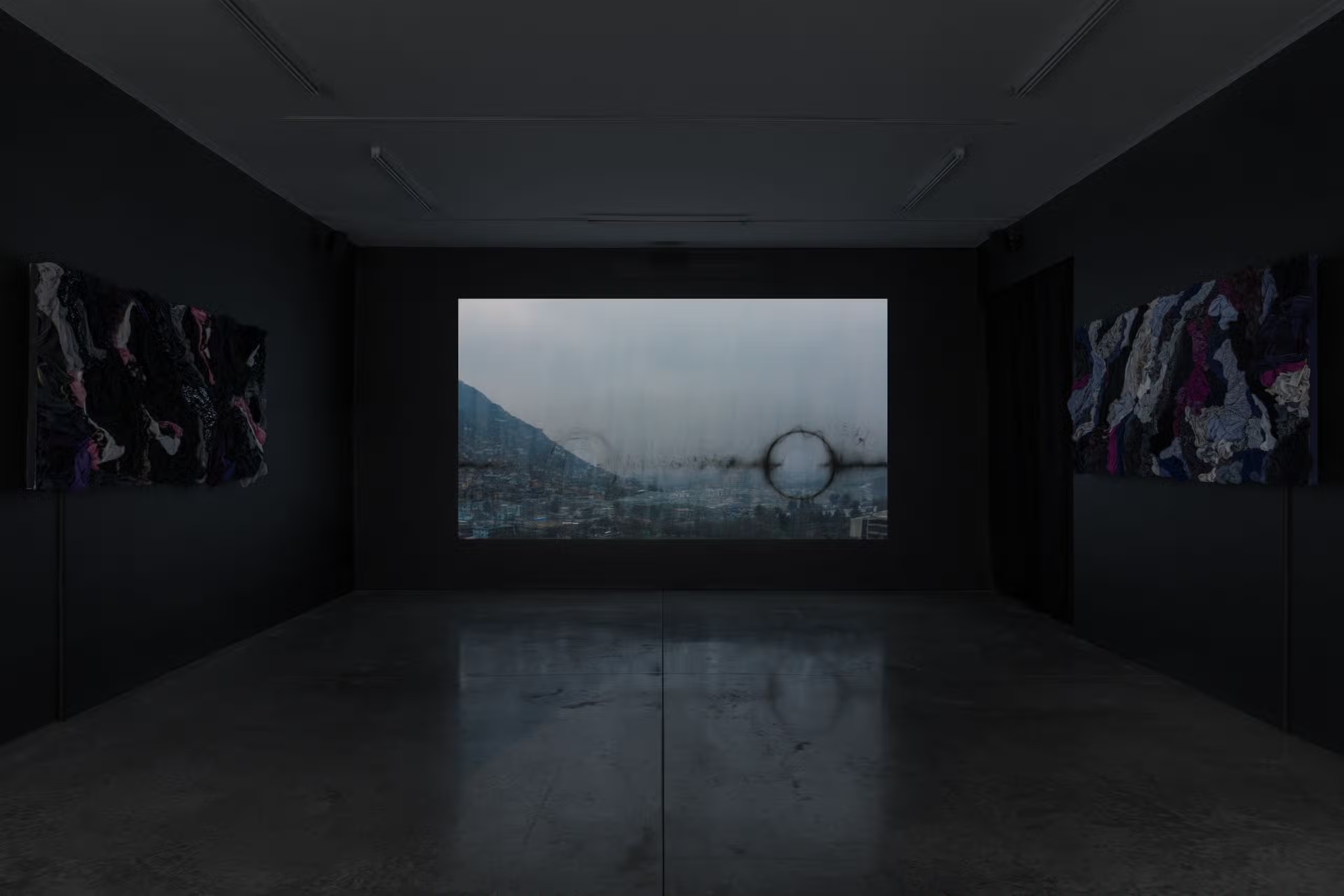
Installation view of Mariam Ghani: "Counting, Accounting, Recounting." Image courtesy of the artist and Ryan Lee.
The political and personal collapse onto one another in Ghani's recent work, an introspective turn for a filmmaker whose recent documentaries addressed stigmas around illness and state-funded filmmaking in Communist Afghanistan. Her research-heavy practice excavates sites and moments, germinating in archives for years before projects arise that expose cracks in social frameworks. Her current exhibition, "Counting, Accounting, Recounting" is her most personal survey yet, starting with a feeling of heartbreak and working backwards to its cause.
Throughout her entire childhood in New York, family members arrived seeking asylum. She recalls how her grandmother was forced to leave Alexandria when Egypt was nationalized. “They fled with, as she put it, ‘all of our jewels sewn into the hands of our dresses and our bond certificates pasted in between the pages of our magazines,’” she recounts—the story passed down by generations. “It's quite hard to avoid being aware of how these structures operate when you grow up with parents who are in exile because of war, and who are constantly following international politics,” she says. “Our home life was essentially these secondhand wars.”
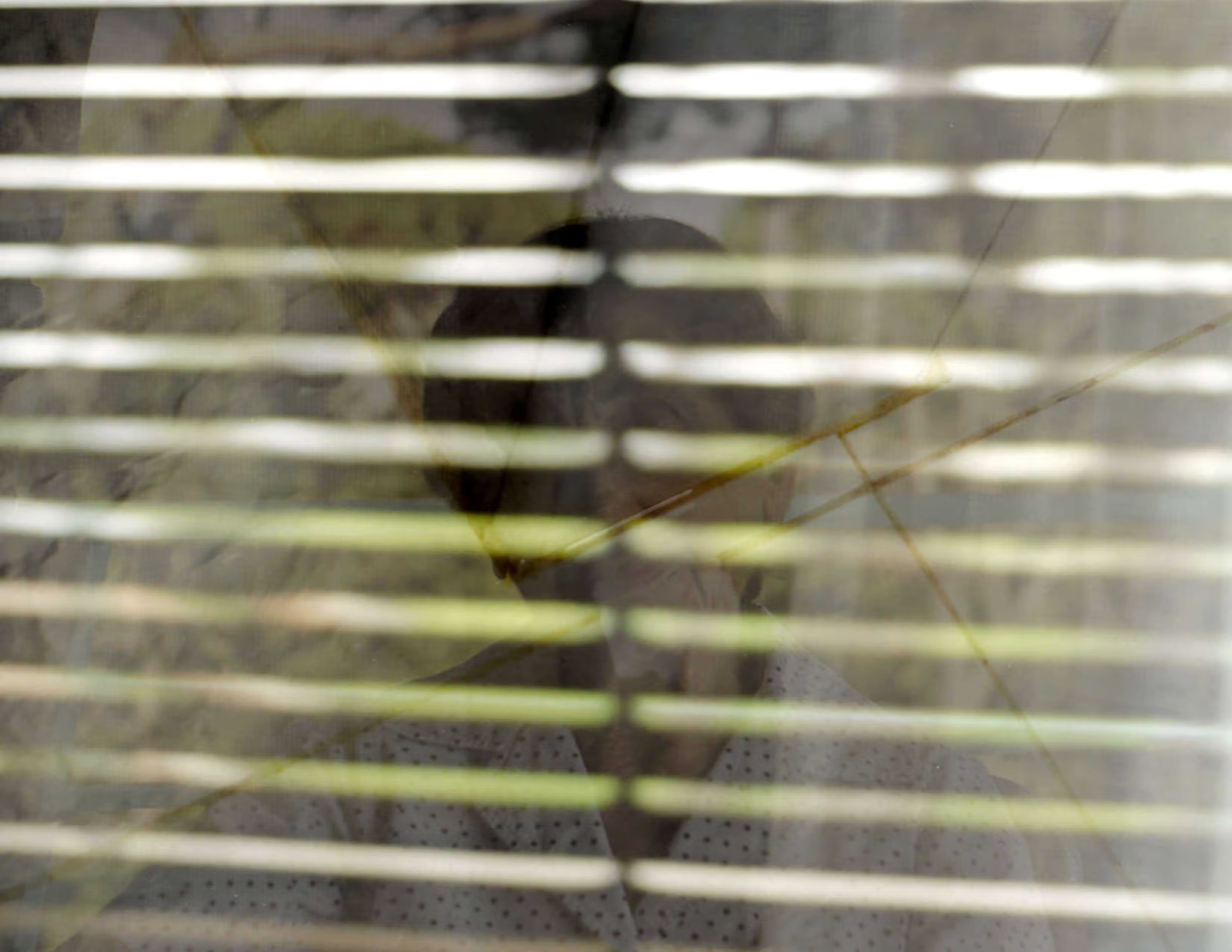
Mariam Ghani, There’s a Hole in the World Where You Used to Be (2024), video still. Image courtesy of the artist and Ryan Lee.
Today, these catastrophes continue, and Ghani marks what was forgotten (or destroyed) and what remains, as well as the political structures at play. “There never seems to be a moment where it stops and you actually get to take a breath, sit down, and reckon with what you've lost, and what we've all lost,” she says. “There's always another catastrophe, another war, another disaster, another thing that you have to then move on to without having the time to actually grieve.”
The first section of There’s a Hole in the World Where You Used to Be begins with a 16 mm image of Ghani’s grandmother, the only scene from her family archive. From there it follows a meditation on personal loss. “I’m delving back into my own memory and my own archive of the past,” the artist says, “and looking at the record of places I have been and people I have known.”
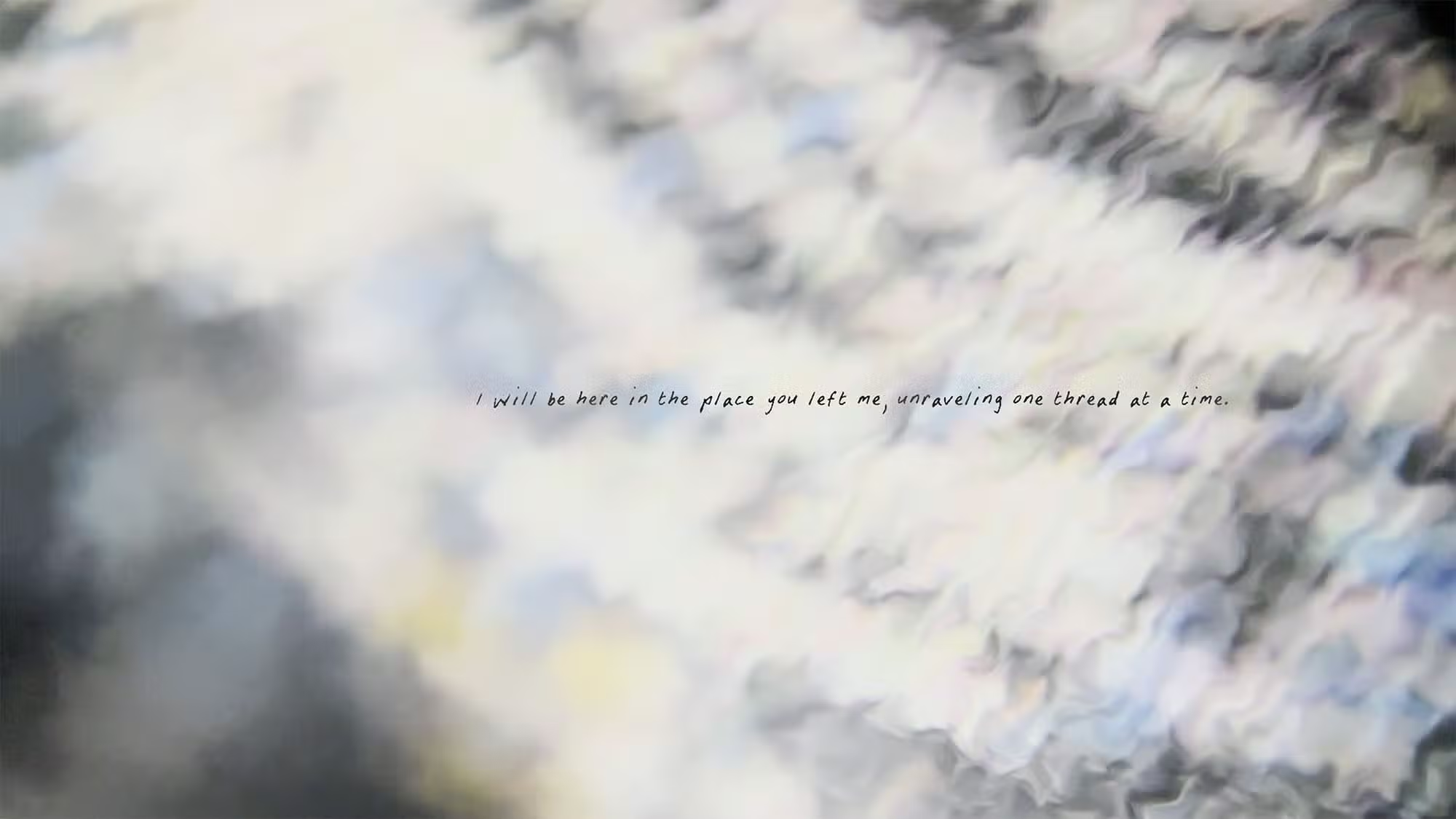
Mariam Ghani, There’s a Hole in the World Where You Used to Be (2024), video still. Image courtesy of the artist and Ryan Lee.
In the second, Ghani widens her lens and directs it at Gaza. “The impotent grief of watching genocide from a distance was incredibly paralyzing and really hard to live with,” she says. Publicly available, low-res satellite imagery of Palestine from the past year fills the screen, as handwritten lines unfold one by one from a poem adapted from stories of aerial bombardment. “A cloud of smoke covered the horizon, and when it cleared there was nothing left to see.” The line hovers over a map of Gaza. “All that was solid had become dust and ash in the air,” a line follows. “Cities and towns and trees had been erased by the earth."
Wars, flamed by cold-hearted greed, spiral out of control, sparing no one in their paths, like fire. Just as humanity exploits nature, draining her of her resources, sucking her dry until she erupts in flames, the same can be said about the treatment of the vulnerable, those marginalized groups whose existence is deemed secondary to the colonial agenda. Again and again we witness borders, built to control, inevitably cave in, weigh on the oppressed until they revolt or are smothered—their uprising reduced to “savage” by those too superstitious to invoke ancestral knowledge.
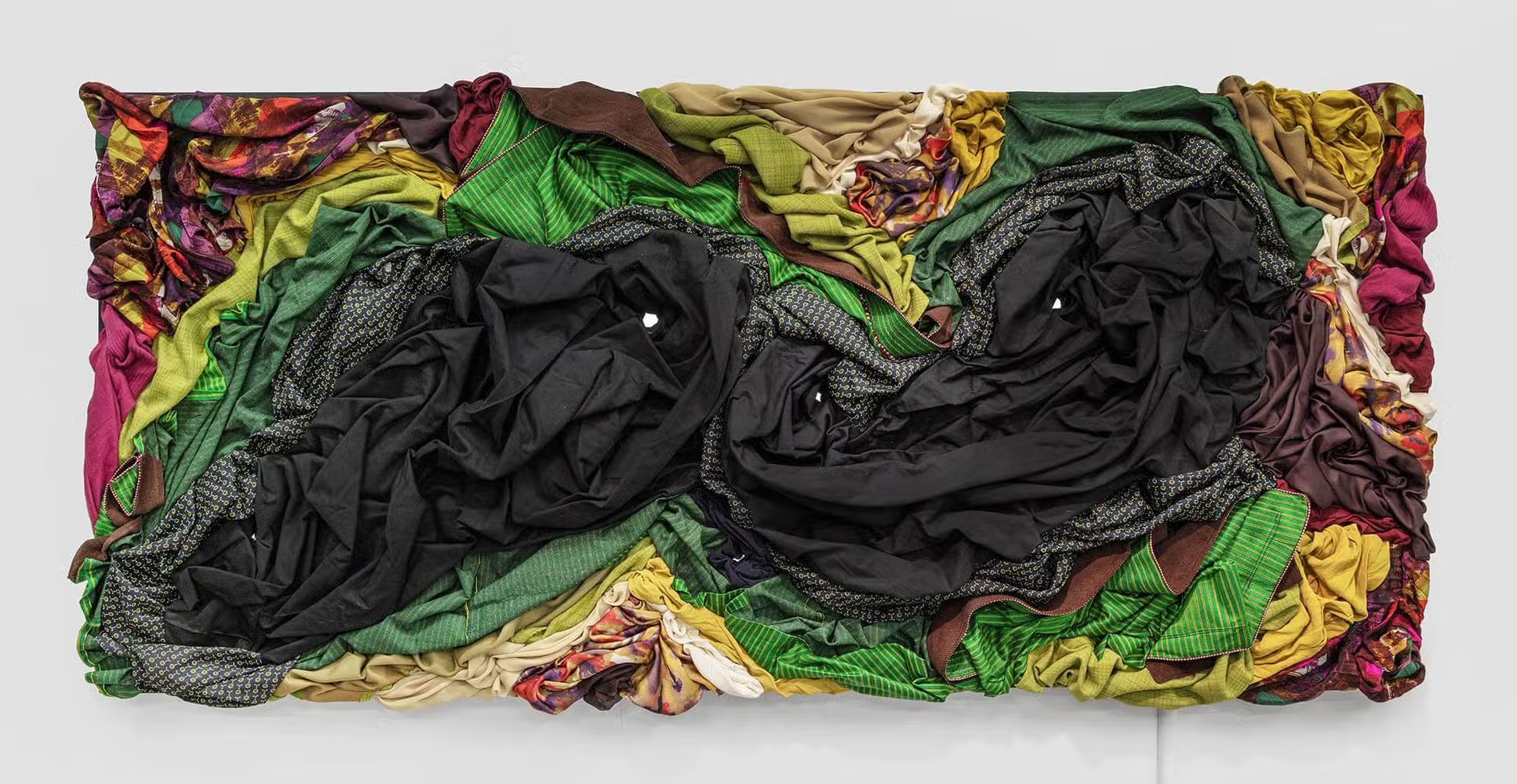
Mariam Ghani, Death Stars 2, 2024. Image courtesy of the artist and Ryan Lee.
Consumed by the horror of the fire in LA (where I live), I sit with Ghani's work and attempt to process the devastation of war. Not just tens of thousands of homes, nature, institutions, all gone, but a staggering death toll that may be nearly twice the reported 46,000. Fire and war: both are symptoms of the broken and insatiable architecture of power in place. Both are trailed by destruction. Today, we must crowd source support: GoFundMe's fill in the glaring absence where government aid should be. Grassroots organizations disseminate resources. Community fills the vacuum, and art and poetry translate the unsayable, a vindication and a balm.
As the film continues, two black circles of smoke travel across muted landscapes. The artist used two particular pieces of NASA visualizations of space layered with her own images taken from Kabul, Afghanistan and Lebanon's Beirut port. Dense and all-consuming, a black hole is born when a massive star collapses under its own gravity. Is this not the same with war? Visuals undulate distorted and direct, while the score is both trance-like and ominous, composed by Qasim Naqvi and sound design by Ghani and Panos Chountoulidis. For 15 minutes, Ghani's visual and sonic landscape holds space for an insurmountable, black-hole sized loss.
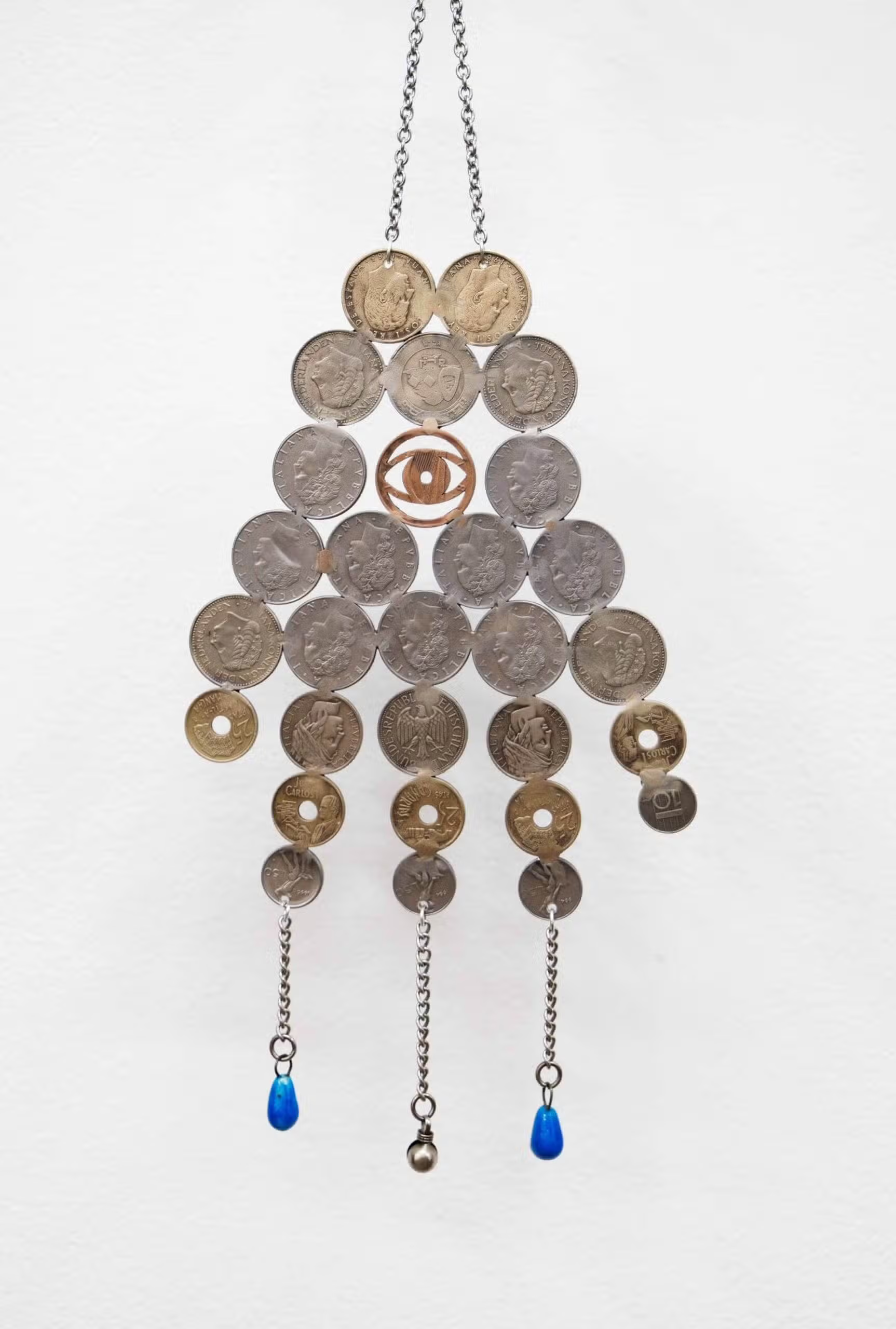
Mariam Ghani, Hamsa #4, 2024. Image courtesy of the artist and Ryan Lee.
There’s a Hole in the World Where You Used to Be is grounded by sculptures, the first Ghani has shown since her early work in the aughts. The panels of three textile wall-works (and the small holes cut into them) are repurposed from a 2005 public artwork, Security Blanket, collaboration with designer Nini Hu. For this installation, Ghani recreated a childhood bedroom and invited Dumbo Arts Festival goers one-by-one to enter and whisper secrets into the cut-out. Other visitors could press their ears on the walls’ posterior and listen to recordings: “security” and its absence, personified by others. Now, the artist introduces another narrative to the material: Her own path as an artist. Garments from throughout her life are sewn to the panels: pieces from her wardrobe, costumes from previous works, blackout curtains from a former studio, a traditional Afghan garment for men, a funeral scarf, a shirt Hu made for her. Four hamsa hands made from coins float from the ceiling nearby, and glass panels display cut-outs of paper money—both works made out of out-of-issue currency the artist accumulated over her travels. “Past work, past lives, past embodiments of myself,” she says.
Throughout her practice, Ghani returns to the question of memory and site. She questions how we can “mourn without occasions, without the appointed places and times.” In the final act of her latest film, she sinks into her own footage, compiled over recent years. “All I have left is this skipping record”: Ghani’s writing appears on screen again. “Scraps of the past.” An ambulance whirs by and casts its light on her apartment walls. A shot of apples decaying beneath a tree is juxtaposed with tall grass blowing in the wind. As the film ends, the effects of loss are palpable. A woman near me is quietly sobbing. I remain seated, and write down a line from the poem: “the world shrinks while time expands.” A hole to crawl into, a hole to escape, Ghani’s layered editing is nuanced and soft. She wraps her unfolding history, pock-marked and burning, in a cloud at the same time as she pokes through the smoke.
Mariam Ghani: "Counting, Accounting, Recounting" is on view until February 15, 2025 at Ryan Lee at 515 W 26th St floor 3, New York, NY 10001.






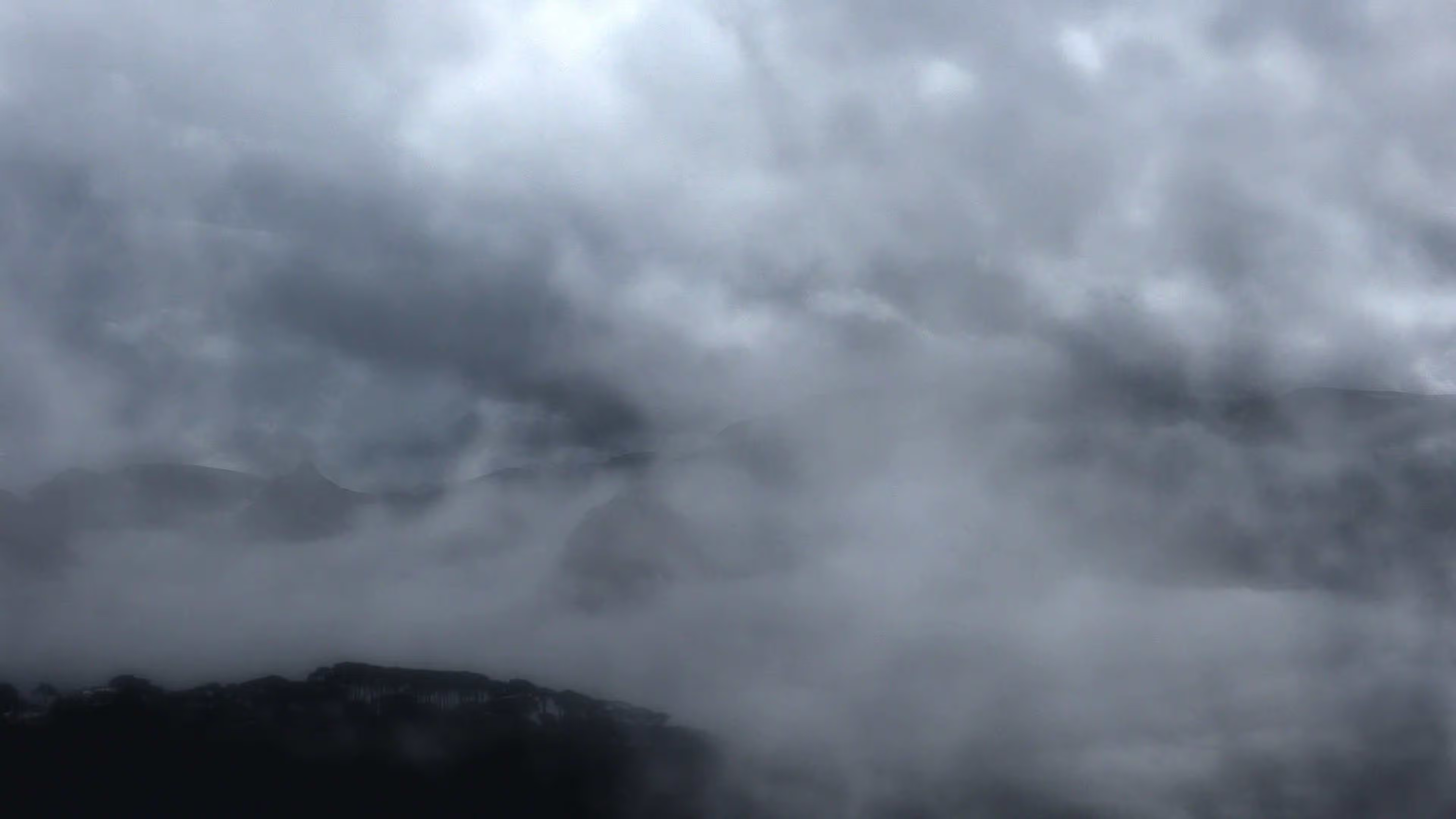





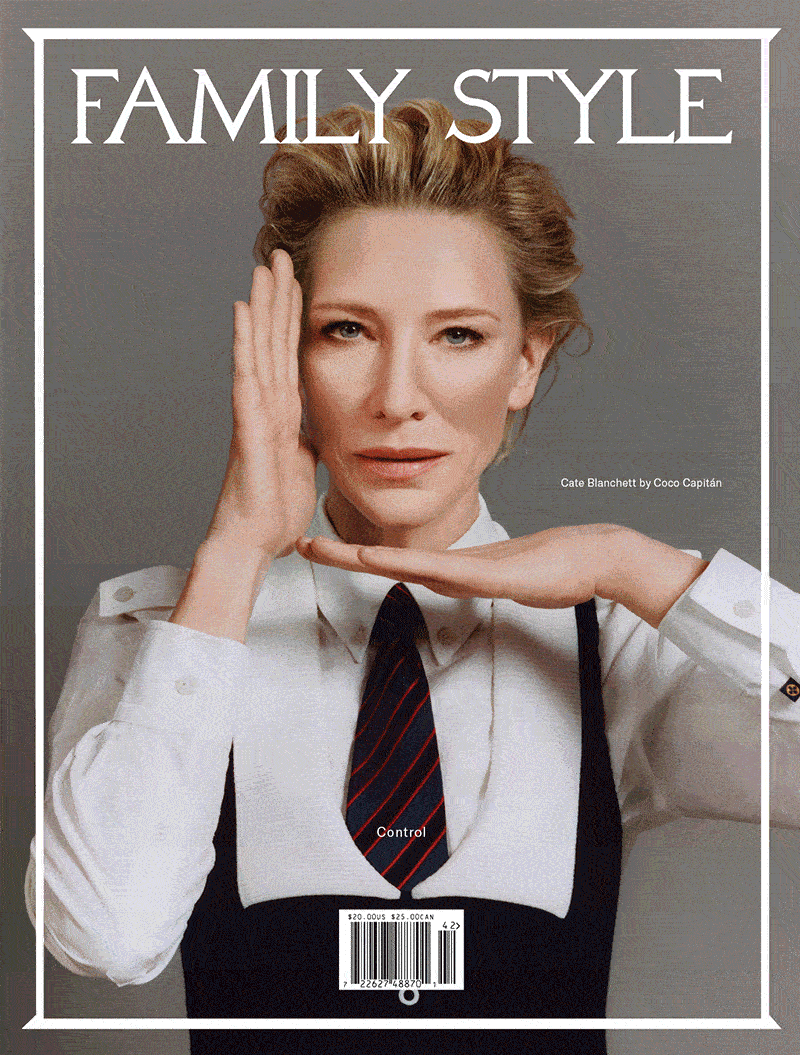


.avif)

